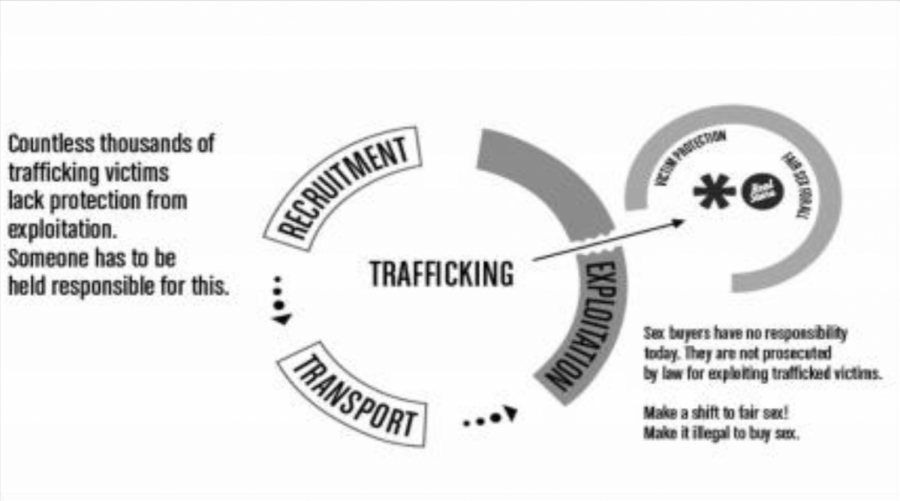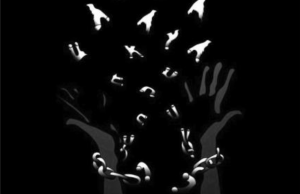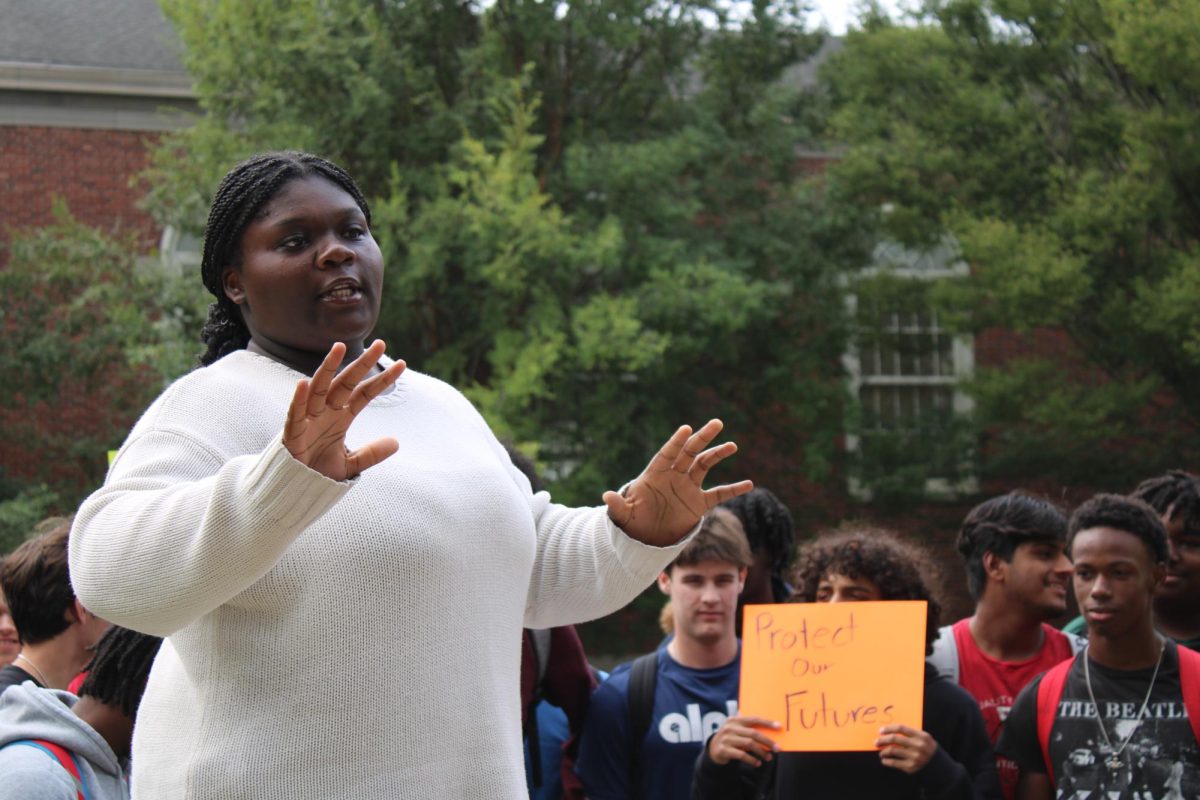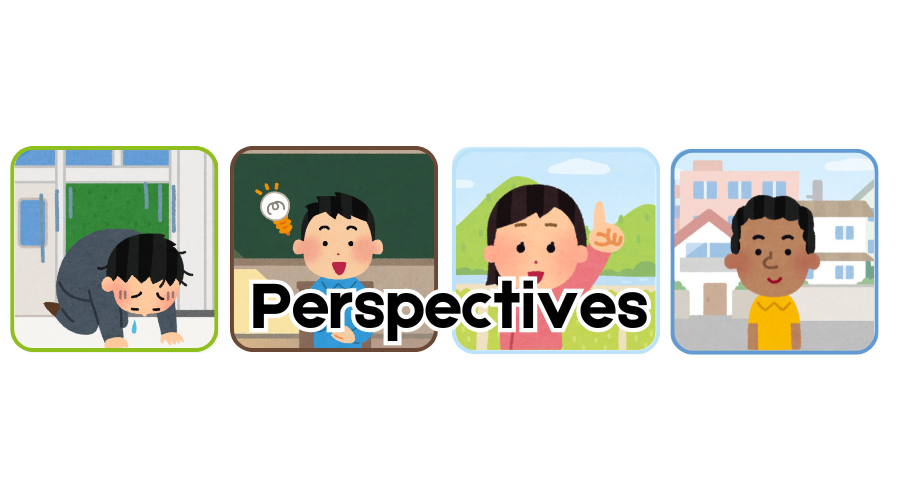Modern slavery, a mounting epidemic
Courtesy Wikimedia Commons
The cycle of recruitment, transport, and exploitation is used to abuse women and children. The average age of those that enter the sex trade is between 14 and 16.
December 8, 2016
In school, students learn that slavery was abolished in the United States with the 13th Amendment, over 150 years ago. However, there are nearly 30 million people across the world living in slavery today, according to the Borgen Project, an organization that works to address the global poverty and slavery.
Modern slavery is a worldwide phenomenon, seen in both wealthy and downtrodden areas.
The Walk Free Global Slavery Index ranks 162 countries based on several factors including a country’s estimated slavery prevalence by population. The United Kingdom, Iceland and Ireland tie with 160 on the scale, the best ranking. However, slavery still exists in these nations; the United Kingdom is estimated to have over 4,000 enslaved victims.
Even in the United States, “the land of the free,” there are an estimated 60,000 people enslaved.
There are over 14 million people enslaved in India, the largest number of any country. Mauritania has the largest number per capita, with approximately 4 percent of their population enslaved.
Modern slavery comes in many different forms and slaves are used to serve many different purposes.
The organization End Slavery Now breaks modern slavery into six categories: domestic servitude, sex trafficking, forced labor, bonded labor, child labor and forced marriage.
Domestic servitude is a form of forced labor used to cover up the exploitation of an individual, commonly from another country.
Sex trafficking is another form of slavery, in which men, women and children are forced to perform sexual acts. There are an estimated 4.5 million victims worldwide.
Forced labor encompasses several forms of slavery. Victims of it are forced to work without pay to provide labor or sex, often for the profit of a large business or government.
Bonded labor occurs when people must work to pay off a personal or inherited debt. It can begin to just pay off the loan, but may lead to permanent slavery if the paying off the loan becomes impossible.
Child labor accounts for over 25 percent of the world’s slaves today. Children are forced to perform sexual acts or work for the profit of someone else under horrible conditions, including starvation and physical abuse.
Forced marriage is the most unknown type of slavery because it is usually undocumented and unofficial. Statistics on it vary, but it is known to be common in Africa, eastern Europe and South Asia.
The term human trafficking is also commonly used in connection with modern slavery. Though the two phrases are virtually synonymous, human trafficking emphasizes the recruiting, harboring and transporting of those enslaved. The modern world has changed the way people can be “recruited” for slavery, especially with the rise of social media.
Modern slavery is a delicate issue that may seem uncommon and hard to solve in today’s world. However, to truly live up to being “the land of the free,” it is an issue that needs to be addressed in the United States and abroad.








